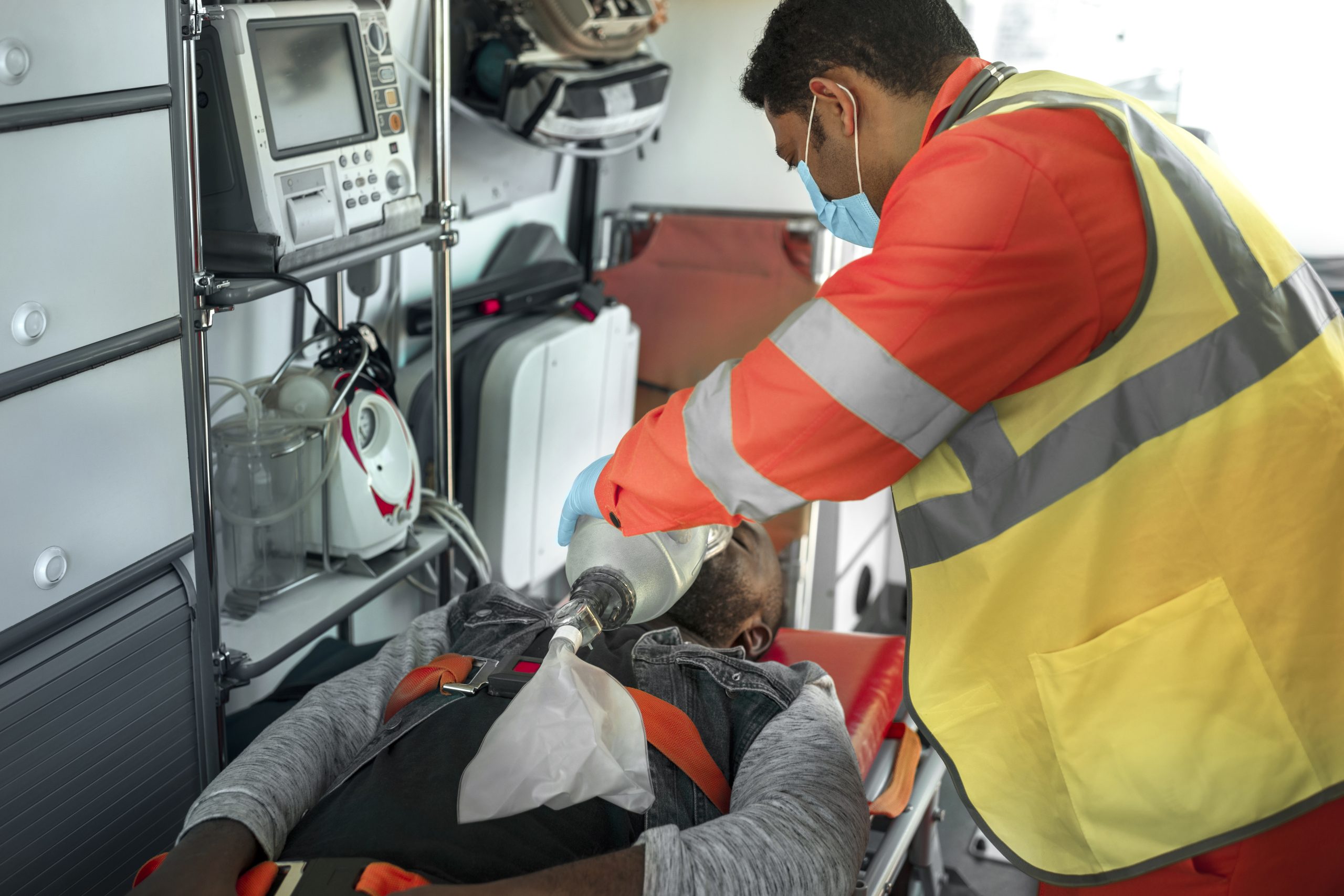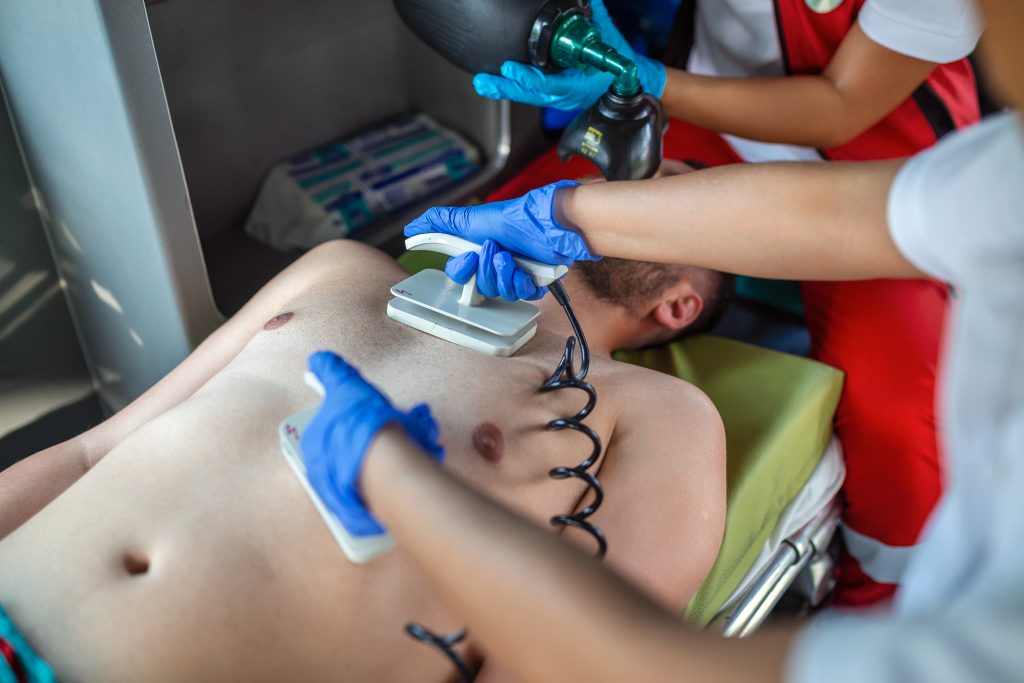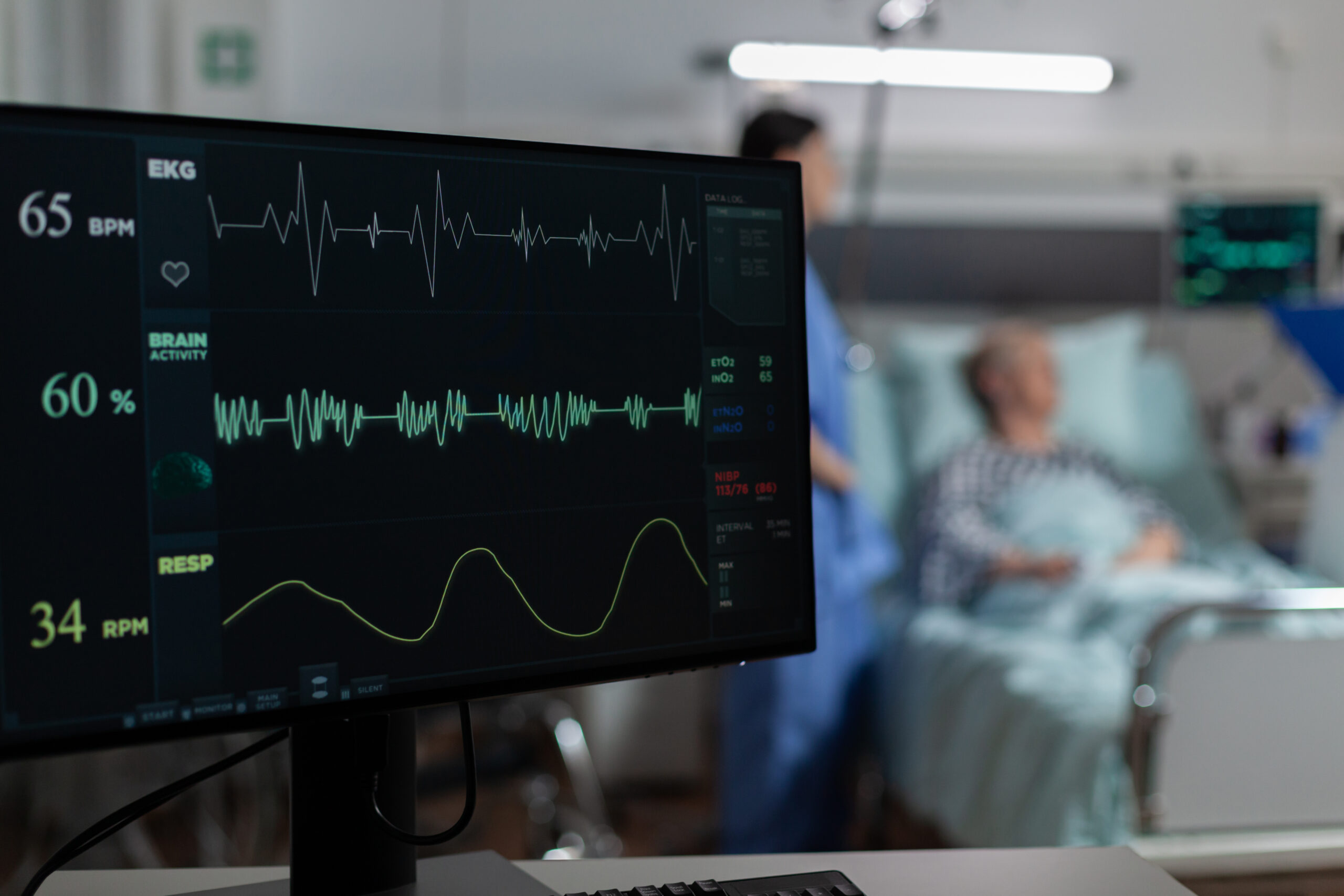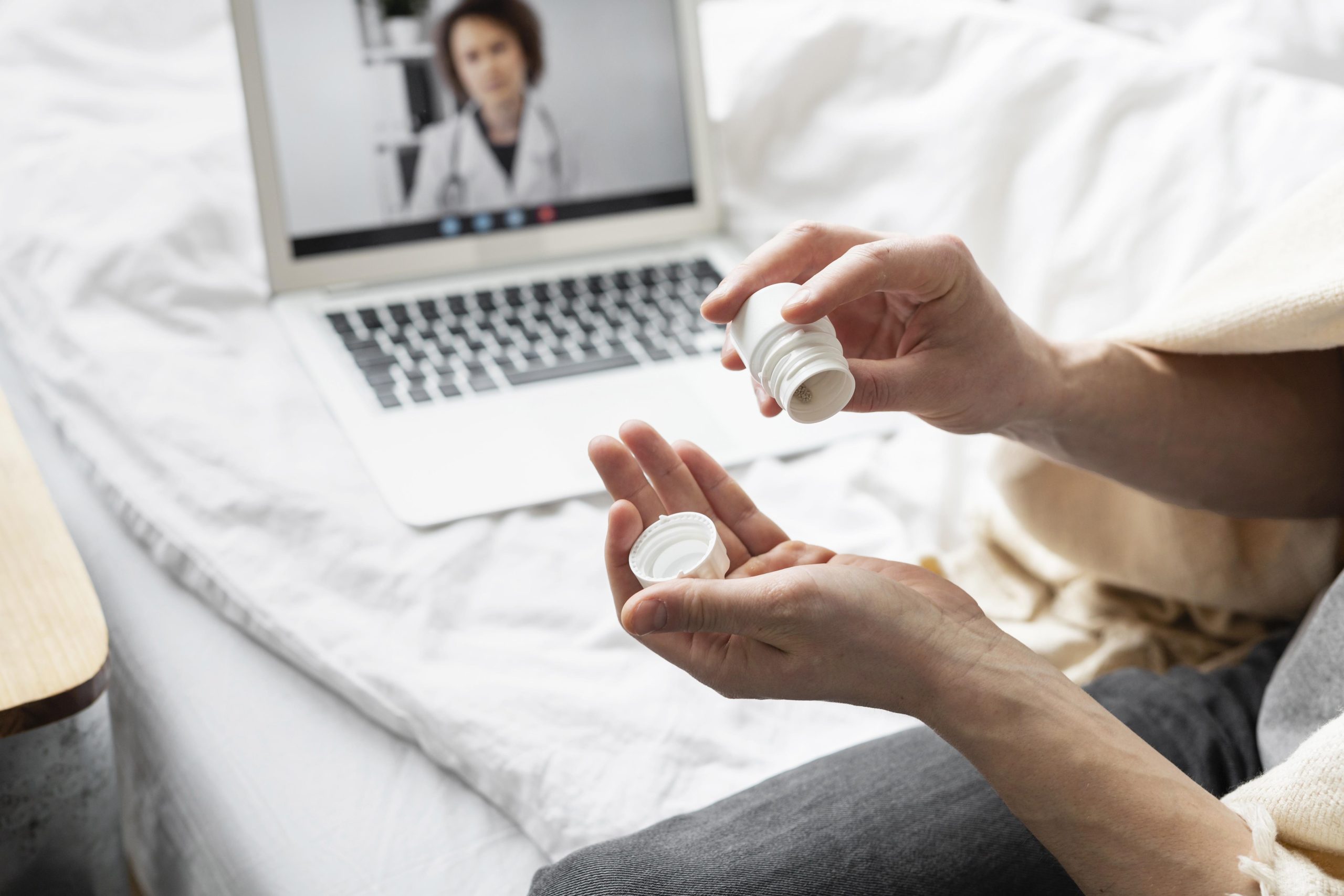Why Remote Patient Monitoring is Critical for Offshore Emergency Response
Why Remote Patient Monitoring is Critical for Offshore Emergency Response

In today’s rapidly advancing healthcare landscape, remote patient monitoring (RPM) has emerged as a vital tool for providing timely and accurate medical intervention.
From offshore oil rigs to sea vessels, where a patient with life-threatening injuries may be a long way from an ambulance response, timely access to medical help becomes a significant challenge. That’s where Remote Patient Monitoring (RPM) comes into play. This article explores the importance of RPM in offshore emergency response, highlighting its benefits and successful case studies.
Offshore Emergency Response Challenges
Offshore emergency response situations come with their own set of challenges. The isolation and distance from traditional healthcare facilities make it difficult to provide timely medical assistance.
Additionally, limited resources and space constraints on offshore platforms further complicate healthcare delivery. The significance of prompt and accurate medical intervention in these situations cannot be overstated.
The Role of Remote Patient Monitoring in Offshore Emergency Response
Remote patient monitoring (RPM) plays a crucial role in offshore emergency response. RPM utilizes advanced technologies to remotely monitor patients’ vital signs in real-time, going beyond facilitating remote examination and communication between doctors on shore and patients on the oil rig.
Remote patient monitoring (RPM) enables seamless collaboration between the remote doctor and on-site support staff, ensuring comprehensive care until the helicopter arrives for transport. By integrating emergency equipment and devices, critical data is collected and transmitted accurately, enabling prompt medical intervention and reducing the risk of complications.
Relevant Medical Devices
Automated External Defibrillators (AEDs)

AEDs are portable devices designed to deliver an electric shock to the heart in cases of cardiac arrest.
PATIENT MONITORS

Bedside patient monitors capture continuous vitals such as Non-invasive blood pressure, ECG, SpO2, Temperature, Respiration rate, End-tidal CO2 and Invasive blood pressure.
ULTRASOUND PROBE

Portable ultrasound probes provide real-time imaging, enabling medical professionals to assess internal structures
Successful Case Study: Offshore Telemedicine Emergency Service
In the study “Offshore telemedicine emergency service: a 1-year experience,” researchers investigated telemedical emergency care feasibility in offshore wind farms on the North Sea, where access to medical care is limited.
The researchers established a telemedical integration system that transmitted vital parameters (such as ECG, blood pressure, and saturation) from the offshore location to a telemedicine center. They utilized a satellite connection on a supply ship for data transfer via WLAN.
The project’s results demonstrated the feasibility of offshore telemedical support for on-site rescue service personnel using raw data transmission. Both test scenarios and actual patient care confirmed the successful implementation of telemedicine in this remote setting. However, reliable transmission depended on defined areas with WLAN coverage, ensuring a 100% success rate.
Conclusion
The importance of remote patient monitoring in offshore emergency response cannot be underestimated. Remote Patient Monitoring (RPM) platforms offer real-time monitoring, early detection of health issues, and prompt medical intervention, thereby ensuring the well-being of offshore workers. Successful case studies further emphasize the positive outcomes achieved through RPM implementations, including significantly improved offshore emergency response outcomes and safeguarded the health and well-being of offshore workers.
Embracing RPM platforms is not only a step towards enhancing safety but also a testament to the commitment of organizations in prioritizing the health and welfare of their remote workforce.
Explore our Remote Patient Monitoring (RPM) solution for more information.
References
The Journal of mHealth: “Offshore Telemedicine: How Oil Rigs Keep Workers Safe at Sea.” Available at: https://thejournalofmhealth.com/offshore-telemedicine-how-oil-rigs-keep-workers-safe-at-sea/
BMJ Open: “Offshore telemedicine emergency service: a 1-year experience.” Available at: https://bmjopen.bmj.com/content/9/8/e027563
Wind Systems Magazine: “Preparing for a Wind Farm Emergency.” Available at: https://www.windsystemsmag.com/preparing-for-a-wind-farm-emergency/
Maritime and Coastguard Agency: “Medical Kits.” Available at: https://www.msos.org.uk/medical-kits
More Blogs
Why Real-Time Monitoring is Essential for Modern Nursing Home Management
In the dynamic world of healthcare, nursing homes play a crucial role in providing care for the elderly and those with chronic conditions. As the demand for nursing home services continues to grow, so does the need for efficient management and high-quality care. One of the most transformative advancements in this space is the integration … Continue reading “Why Real-Time Monitoring is Essential for Modern Nursing Home Management”
Read MoreHow Hospital at Home is Revolutionizing Patient Care
In the ever-evolving landscape of healthcare, the concept of “Hospital at Home” is emerging as a transformative model of patient care. This innovative approach is reshaping how patients receive treatment, offering them the comfort and convenience of being treated in their own homes without compromising the quality of care. At Smartfuture, we understand the power … Continue reading “How Hospital at Home is Revolutionizing Patient Care”
Read MoreHow Remote Patient Monitoring is Improving Substance Abuse Care?
Remote Patient Monitoring (RPM) plays a critical role in substance abuse care by providing continuous health data monitoring and immediate response capability. Key components of an effective RPM system include real-time monitoring of vital signs, medication adherence tracking, and the ability to communicate and engage with patients in their recovery journey seamlessly. This technology has proven … Continue reading “How Remote Patient Monitoring is Improving Substance Abuse Care?”
Read MoreCopyright 2023 Smartfuture Pte Ltd All Rights Reserved.



